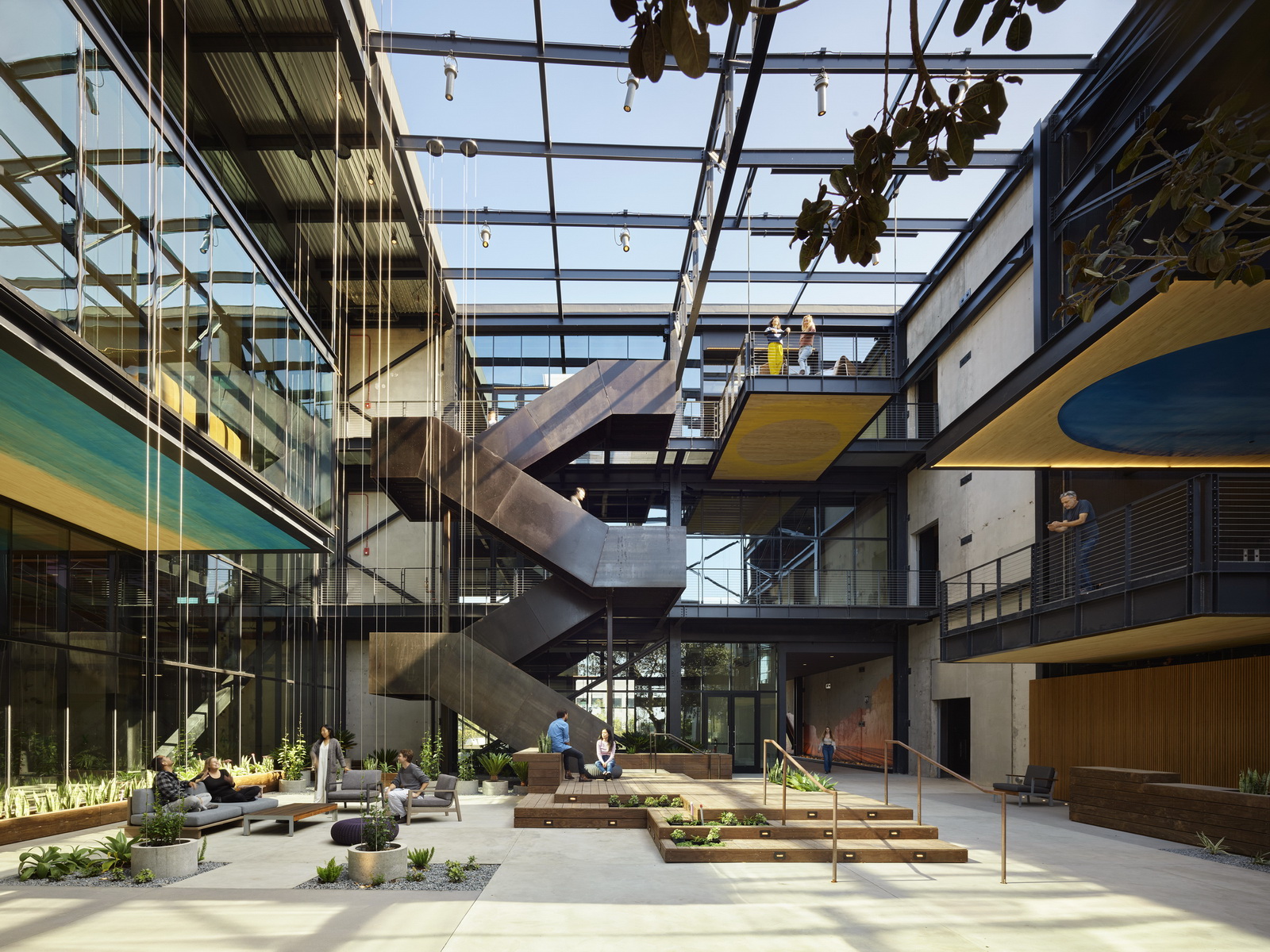
ARCHITIZER.COM
What if Architects Could Replicate Historic Buildings?
Architizer's 13th A+Awards features a suite of sustainability-focused categories that recognizing designers that are building a green industry and a better future. Start your entry to receive global recognition for your work!Architectural heritage has always been romanticized. Large conservation sites, cultural landmarks and even smaller historic buildings offer a gateway to the past, which admittedly cannot be reproduced through contemporary architecture. Mass production, quick and cheap construction and the need to cope with urban expansion and population growth have removed one key ingredient that heritage structures have: craftsmanship. Handcrafted elements, the attention to detail, and the slow process of constructing these buildings and sites have almost entirely faded in todays (on-demand) architectural practice.Still, technological advancements such as 3d scanning and augmented reality, along with advanced 3d printing building techniques, make a different type of promise for the preservation of architectural heritage. They hold the capacity to replicate parts of historical structures with a level of precision that was previously unimaginable, with the most recent example being the Notre Dame de Paris restoration after the devastating fire in 2019.The Press by Ehrlich Yanai Rhee Chaney Architects, Costa Mesa, California | Jury and Popular Choice Winner, Commercial Renovations & Additions, 12th Annual A+Awards Amongst the architectural community, there have been countless discussions on heritage conservation. These technological advancements, however, also open up the question of heritage replication. What if these new recording and building practices could provide the blueprint for not only restoring but actually replicating the detail and craftsmanship of historic buildings? Could this technology (re)construct cities of the past and situate them in the present literally? More importantly: What would the public perception of this be and would architects approve of such a gesture?Adaptive Reuse near Brooklyn Navy Yard by Worrell Yeung, New York City, New YorkLets start with authenticity. The biggest challenge to technological replication lies in the question of the authentic. What is the significance of a replica when it is indistinguishable from the original? Often, the value of original work lies in its history, not just through its physical form but also because of events, people and cultures they are associated with. Replicating a building perfectly may copy its physical form, but it cannot replicate its history or spirit. Places stuck in time such as Edinburghs old town or Romes historic centre, maintain their romanticised charm due to their cultural baggage. If we were to replicate the Royal Mile for example, on an empty piece of land located somewhere in south America, would it hold the same allure to the original one?Taoxichuan Ceramic Culture Industrial Park by Beijing AN-Design Architects, Jingdezhen, ChinaThis brings me to my next point: ethics. One significant concern is that of cultural appropriation. Advanced technology could enable nations or corporations to copy the heritage of other cultures without their consent or participation, bringing up issues of ownership, cultural respect, and historical context. Without careful consideration, this practice could strip heritage structures of their cultural significance and eventually commodify them.In parallel, technological replication greatly diminishes the impact of traditional craftsmanship, which in turn greatly influences the buildings themselves. By using 3D printers and robotic arms instead of the skilled hands and knowledge tied to ancient building techniques, historic structures may lose their cultural value as well as the human ingenuity responsible for their creation, not to mention the traces of erosion through time that make each building unique.Geneva Car Barn & Powerhouse by Aidlin Darling Design, San Francisco, CaliforniaIn theory, the idea of living in historic structures seems like an alluring option. The UK is currently selling churches for the mere amount of 50,000 pounds, ready to become occupied. It would be quite breathtaking to live in a city, where for instance, each individual house has the same charm and spatial complexity of a church. On the other hand, recreating polished, physical copies even if they are considered historically and culturally significant is essentially a different way of using mass production to satisfy a reminiscence of past eras, romantic ways of living and worlds of heritage, that are ultimately stripped of their cultural gravitas.Finally, what do architects have to say about replicating architectural heritage or more extensively creating cities made from history? The most conventional approach to architectural conservation, apart from restoring structures that serve as uninhabitable monuments, would be adaptive reuse, where old buildings are preserved, refurbished and updated to serve the needs of contemporary society, without however losing their character and historic charm. At the same time, some forward-thinking architects might embrace the possibilities of technology, seeing it as an opportunity to experiment with history, blending old and new elements that allow for creative reinterpretations that unlock new modes of making architectural heritage.Amherst College Powerhouse Student Event Space by Bruner/Cott & Associates, Inc., Amherst, MassachusettsUltimately, the desirability of using technology in this way depends on how we balance the desire to preserve the past with the need to respect its inherent value and history. For some, a perfect replica may be a triumph of human achievement and technology. For others, it could represent a loss of something irreplaceable. Nevertheless, it is important to start such conversations, raising complex questions about authenticity, cultural identity and ethics in relation to technological advancements, especially when these are capable of altering not only the digital but more importantly the physical world.Architizer's 13th A+Awards features a suite of sustainability-focused categories that recognizing designers that are building a green industry and a better future. Start your entry to receive global recognition for your work!Featured Image: Taoxichuan Ceramic Culture Industrial Park by Beijing AN-Design Architects, Jingdezhen, ChinaThe post What if Architects Could Replicate Historic Buildings? appeared first on Journal.
0 Комментарии
0 Поделились
119 Просмотры


